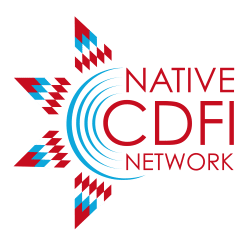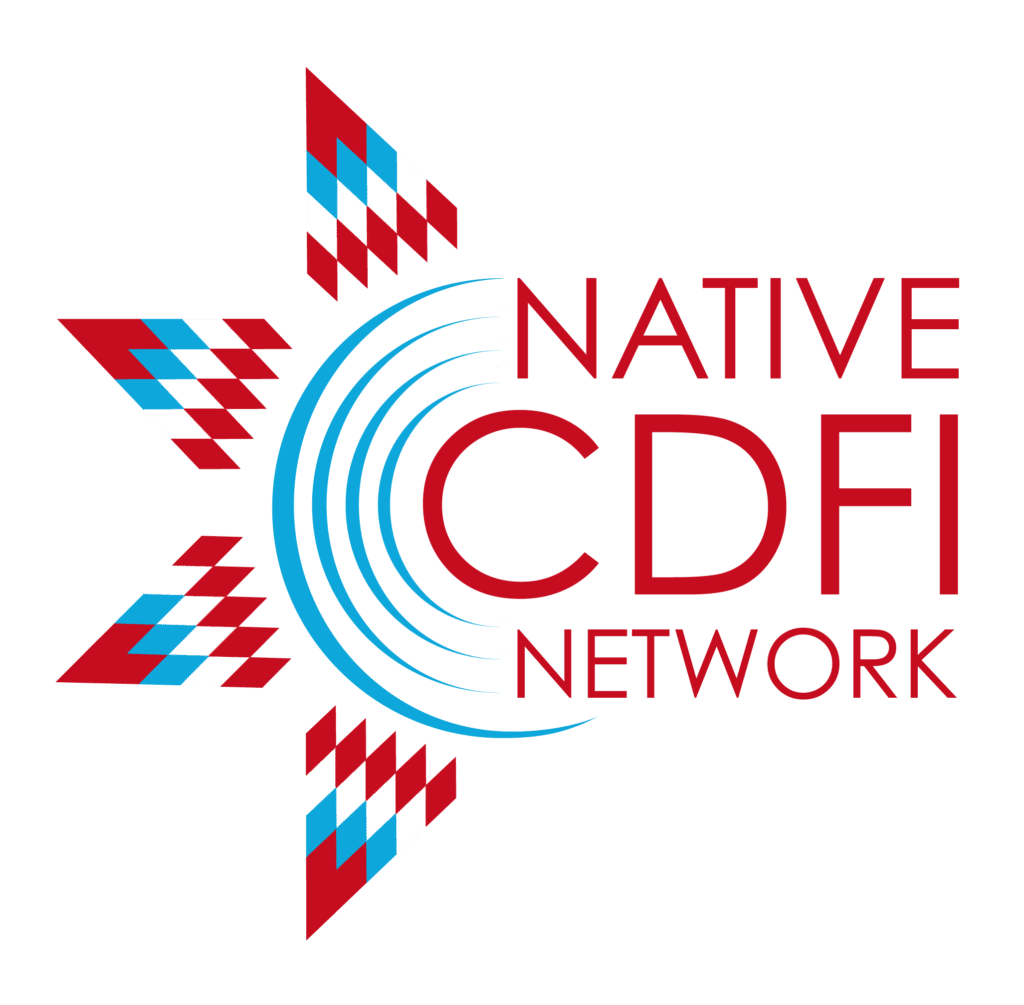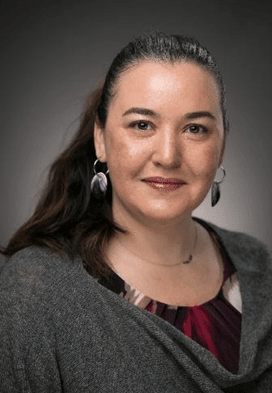
Prior to joining ATNI-EDC, Schulz-Oliver (Celilo/Yakama descendant) worked at the Native-owned engineering firm Akana and then at Ecotrust, where she conducted a research project assessing the economic development needs, goals, and priorities of ATNI’s member tribes for the purpose of developing inter-tribal economy building initiatives between them. Amber currently serves as President of the Potlatch Fund, Co-Chair of newly established Nch’I Wana Housing, a board member of the Ponce Bank CDFI Advisory Board, a board member of the Oregon Growth Board, and an advisory board member for Ecotrust Community Development Entity and Ecotrust Investments.
In this wide-ranging conversation with NCN, Amber provides an overview of how ATNI-EDC and ATNI Financial Services are cultivating private sector economies across their region of Indian Country through loans and technical assistance to Native entrepreneurs. She also sheds light on how and why ATNI-EDC is participating in the State Small Business Credit Initiative (SSBCI) program.
NCN: Why do you what you do? How did leading ATNI’s Economic Development Corporation become your life’s calling?
Schulz-Oliver: It’s kind of a funny story. You start thinking about your career path when you’re in college and I went to a great liberal arts college, but none of the subjects were really speaking to me saying, “This is my life’s calling.” The only thing I always knew is I wanted to come home and serve my community. That’s always been my North Star, and I’ve always taken opportunities that guide me in that direction. After college, one of the opportunities that opened itself up to me was becoming an intern for a Native-owned engineering firm called Akana, which was working on the Celilo Village Redevelopment Project. My family came from Celilo. We’ve been dislocated. So this opportunity was a great chance to come home and reconnect to my roots. It started my long journey to where I am today. I started doing project management on the Columbia River treaty fishing access sites and working on a housing study that shows that the U.S. government still owes housing to the tribes on the Columbia River, which led me to get my master’s degree in business administration. Later, I took on the position of project management coordinator with Ecotrust, which was a joint position with ATNI-EDC. Under that project, we were exploring a model of Indian economy building through developing leadership in tribal economies. At that point, my predecessor Mike Burton was looking to retire and thought that whoever got that coordinator position would be a great successor, and somehow that came to fruition. I feel so honored to be placed here.
NCN: As you know, there are more than 70 federally certified Native CDFIs across the country and many more “emerging” CDFIs following in their footsteps. Why did Native communities feel it necessary to create CDFIs, and what fundamental role do they play?
Schulz-Oliver: Many Native communities are pretty remote and rural, and just don’t have access to appropriate banking and financing mechanisms. Also, there’s a lot of issues with Native people being able to obtain traditional credit and being credit worthy. Also, as Native folks, we’re very relational and trust based, right? So we want to be able to work with somebody that we know, that knows who we are, knows who our family is, knows who our kids are. There’s just not a lot of banking institutions that offer that kind of relationship. The CDFI model, which is a community-based model, really makes sense for tribal communities and economies.
NCN: What do policymakers, philanthropy, and the general public need to understand about Native CDFIs and the difference they make?
Schulz-Oliver: I know that when I got into this position of leading a CDFI, I didn’t know much about them and had to do some pretty quick learning myself. As I learned, it was amazing to me that CDFIs are not more commonplace. When small businesses are thinking about starting their businesses and their financing needs, they think banks are definitely the first place to go, but there isn’t that thought about CDFIs as well. CDFIs offer additional technical assistance, and we do more to work with clients to make sure their businesses are sound and that they’re making sound financial decisions.
I do think we are doing a better job of fostering understanding about Native CDFIs and their role. There’s a lot more awareness now than six years ago when I took this position. That’s one of the things we are trying to do here in the Pacific Northwest with the formation of the Northwest Native Lending Network. One of Network’s tenets is to elevate the work of Native CDFIs and the good we’re doing in our communities.
NCN: Tell us more about ATNI Financial Services, which is the CDFI housed within ATNI’s Economic Development Corporation. How does it work to foster prosperity in the communities it serves?
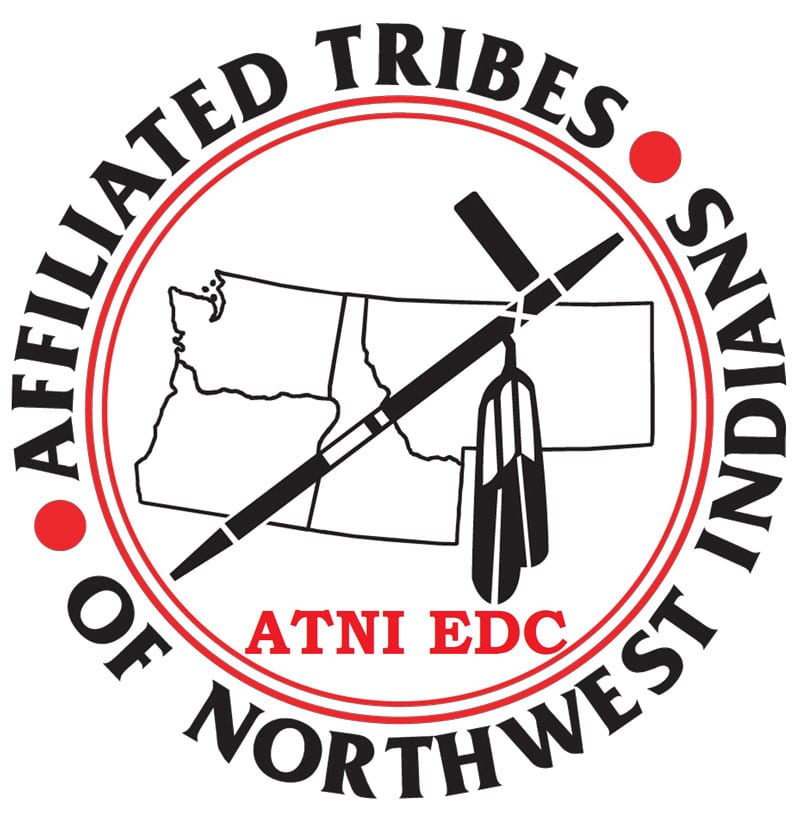
Ultimately, what we are trying to achieve here is to make it where all children can come home, all children feel safe in their communities, and they take pride in their culture. It’s really rooted in making sure we’re creating safe, thriving, healthy communities for our children and the generations to come.
NCN: In 2020, ATNI-EDC finalized its five-year Comprehensive Economic Development Strategy, commonly known as “CEDS.” Included among the three guiding principles in your CEDS was a commitment to “support Inter-Tribal Economy Building.” Can you explain how ATNI-EDC is carrying out that principle? What does that look like in practice?
Schulz-Oliver: The intent of the CEDS was to ask the question, “What do our tribes need?” The plan, then, was for ATNI-EDC to take that document and say, “How can this organization be impactful on these things that were identified?” We started that process right before COVID hit and because of the pandemic, we are little behind on the CEDS planning and implementation. But we are starting to express that principle of intertribal economy building with SSBCI [the State Small Business Credit Initiative]. It’s a resource that tribes definitely need to develop private sector economies in their communities, but because it was written for states and not tribes, it’s been really difficult for tribes to navigate. So we have figured out a strategy to pool these resources into a single administrator and deploy these funds across a region so we can capture these resources and manage them responsibly. I think this SSBCI project is the first expression of what ATNI-EDC is able to do for intertribal economy building. It’s really exciting.
“As Native folks, we’re very relational and trust based…We want to be able to work with somebody that we know, that knows who we are, knows who our family is, knows who our kids are…The CDFI model, which is a community-based model, really makes sense for tribal communities and economies.”
NCN: As you know, SSBCI is an optional program for Indian Country, but you jumped at the opportunity. Can you shed a little more light on why ATNI-EDC has decided to pursue SSBCI, the role your entity will be playing in tandem with the tribal governments you serve, how your approach will work, and who ultimately will benefit?
Schulz-Oliver: At the beginning, we were just hanging out on a lot of Treasury webinars trying to figure this SSBCI thing out. We didn’t walk in saying, “We’re going to do this.” But as we learned more and more about it, we learned why it was difficult for tribes to stand it up. Part of it is that there’s not a lot of admin dollars, there’s very specific uses of those funds, and you have to deploy so much before you’re able to get the second tranche. All of those things together made it so that it was too onerous of a program for tribes to set up if they didn’t already have something like it. Because we do understand lending because of our CDFI and we have experience in it, we were able to say, “Hey, we can do this.” But we’re also a really small CDFI. I have two other employees. So I also had to walk in saying, “We can’t deploy all $12 million by ourselves. We can’t do the underwriting for those kinds of projects.” But we’ve worked with some great consultants to develop a strategy where we’re going to lean on the expertise of our lending partners and help develop relationships between Indian Country and those lending partners to make the system more robust. Originally, I was concerned about this being a situation of the tail wagging the dog and that this program would swallow our little organization whole, but I’m very happy with the strategy we’ve created. It’s an expression of our mission.
NCN: It sounds like if it wasn’t for your CDFI, the tribes involved likely would have taken a pass for the reasons you mentioned. One of the other reasons we have heard is many tribal governments don’t have the capacity or experience to lend money. That’s just not what they’re set up to do.
Schulz-Oliver: And even those who do often don’t have the capacity to do this kind of lending or this volume of lending. Some of the tribes that are joining us in this effort have CDFIs and have robust lending programs, and they still didn’t want to try to figure out how to use SSBCI funds in their own programs. Instead, they’re just opting into ours.
NCN: ATNI-EDC has helped an extraordinary number of people. Is there an individual’s client success story that really sticks out to you, that really inspires you?
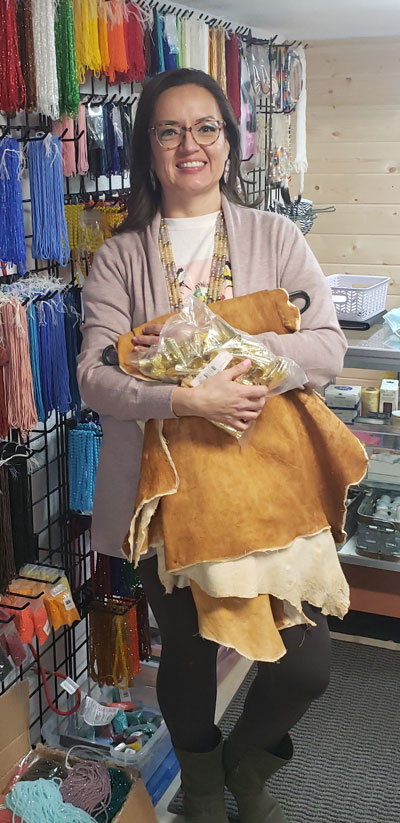
Schulz-Oliver: When I came on board, I inherited a loan portfolio with a few non-performers. I remember picking up my phone and this guy says, “Hey, I’m your borrower. I just want to let you know I can’t make my payments. I’m really grateful to you for trusting us and for the financing. We really appreciate your support. But I can’t make it this month.” I thought to myself, “Wow. You know, I never called bill collectors to tell them I couldn’t pay.” And I wasn’t even bothering him to make is payments. I wasn’t sending him emails or calling him. He proactively picked up the phone and said he can’t make a payment. He said that for about a year. We worked with him to refinance his loan and resolve some of the issues he was going through. I created a customized payment spreadsheet for him. He said he hung it on his wall and he puts a little check on it every time he writes a payment check to us. He’s now pretty close to paying off his loan. There’s something about that relationship where he felt the need to pick up the phone and say, “I’m really sorry, I want to work with you, but I just can’t make the payment this month,” and that we worked with him.
NCN: From your perspective, what do Native CDFIs like yours need to realize their full potential? What support do they need to achieve their missions and maximize their impact?
Schulz-Oliver: I’m going to go back to the formation of the Northwest Native Lending Network, which we started a few years ago. It is a consortium of not just Native CDFIs but also other tribal lenders and non-Native CDFIs. When we first formed, we had 8-10 things we were trying to accomplish. The one thing that’s really rising to the top is our pooled back-office support. So many Native CDFIs are working in really lean environments. Some of us have only one loan officer; only the big Native CDFIs have as many as have five employees. So does it make sense for us all to have our own CPAs [certified public accountants]? Does it make sense for us to all have our own underwriter? Or can we share some of these back-office support functions, making sure we still have our roots in our own community and that we’re present? For some of the things that aren’t necessarily community based, can we somehow pool that and share some of that capacity to make us all stronger? That’s a question the Network is exploring – which capacities are most needed but are lacking that we can share through a pooled approach?
To learn more about the Affiliated Tribes of Northwest Indians Economic Development Corporation, please click here.
